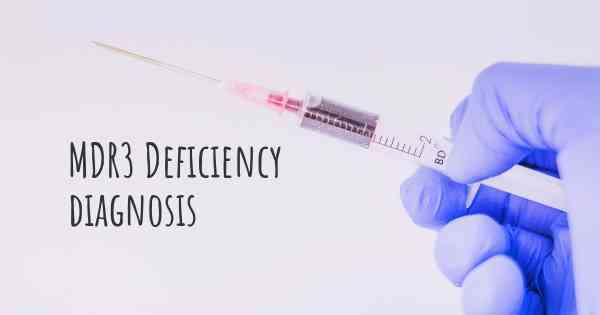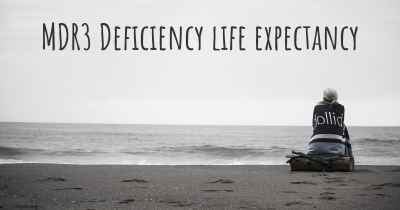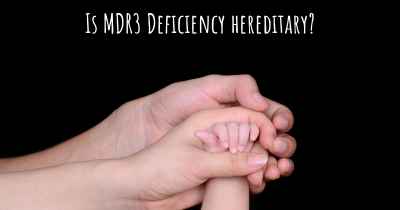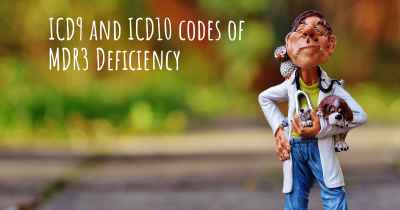How is MDR3 Deficiency diagnosed?
See how MDR3 Deficiency is diagnosed. Which specialists are essential to meet, what tests are needed and other useful information for the diagnosis of MDR3 Deficiency

MDR3 deficiency is a rare genetic disorder that affects the liver's ability to secrete bile into the digestive system. It is caused by mutations in the ABCB4 gene, which encodes for the multidrug resistance protein 3 (MDR3). This protein is responsible for transporting phospholipids into bile, which are essential for the formation of bile acids and the digestion of fats.
Diagnosing MDR3 deficiency can be challenging due to its rarity and the variability of symptoms. However, there are several diagnostic methods that can help identify the condition:
1. Medical history and physical examination: The first step in diagnosing MDR3 deficiency is to review the patient's medical history and conduct a thorough physical examination. This can help identify any symptoms or signs that may be indicative of liver dysfunction, such as jaundice, hepatomegaly (enlarged liver), or abnormal liver function tests.
2. Liver function tests: Blood tests can be performed to assess liver function. These tests measure the levels of various enzymes and proteins in the blood that are indicative of liver health. In MDR3 deficiency, liver function tests may reveal elevated levels of alkaline phosphatase and gamma-glutamyl transferase, which are markers of impaired bile flow.
3. Imaging studies: Imaging techniques such as ultrasound, magnetic resonance imaging (MRI), or computed tomography (CT) scans can be used to visualize the liver and bile ducts. These tests can help identify any structural abnormalities or blockages that may be causing impaired bile flow.
4. Genetic testing: The definitive diagnosis of MDR3 deficiency is made through genetic testing. This involves analyzing the patient's DNA for mutations in the ABCB4 gene. Genetic testing can be done using a blood sample or a cheek swab. Identifying specific mutations in the ABCB4 gene confirms the diagnosis of MDR3 deficiency.
5. Liver biopsy: In some cases, a liver biopsy may be performed to assess the extent of liver damage and to rule out other liver diseases. During a liver biopsy, a small sample of liver tissue is extracted and examined under a microscope.
It is important to consult with a healthcare professional or a specialist in liver diseases for an accurate diagnosis of MDR3 deficiency. Early diagnosis is crucial for appropriate management and treatment of the condition.








